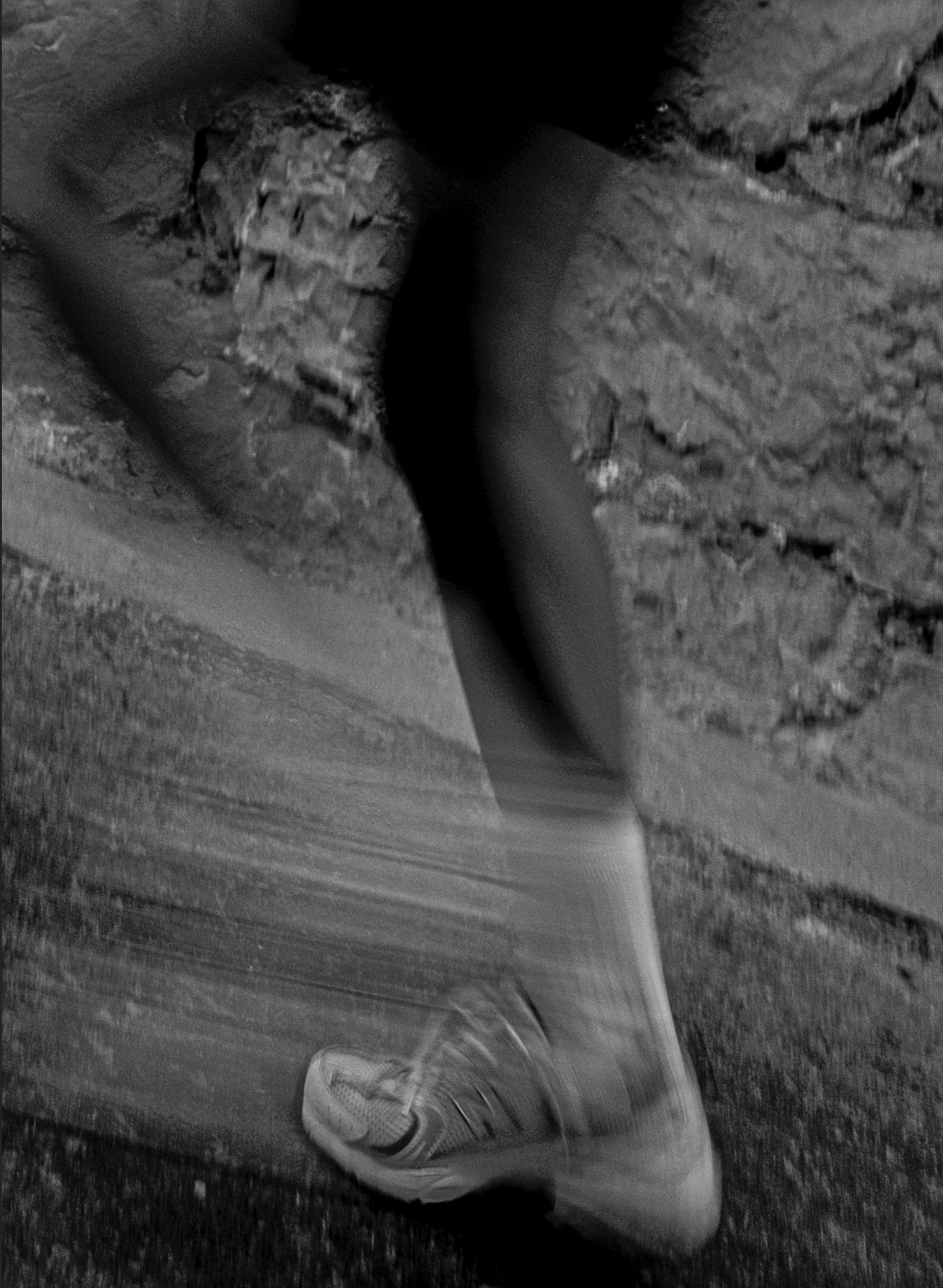
Role of Cold Plunges: Pre + Post-Exercise Recovery
The Role of Cold Plunges in Pre + Post-Exercise Recovery
Does the promise of faster recovery and enhanced performance appeal to you? Cold plunges and ice baths are becoming go-to tools for athletes and fitness enthusiasts—but timing is everything. The benefits (or drawbacks) depend on the type of workout, your training goals, and when you take the plunge.
Getting in the Zone
Exercise generates heat in muscles and raises core body temperature—both essential for performance, but too much heat can be limiting. According to Dr. Craig Heller, temperature-regulation researcher at Stanford University, overheating triggers fatigue and reduces endurance and strength [1,2].
That’s why warmups are crucial, but cooling—done strategically—can also be a performance enhancer. Heller’s research explores how pre-, mid-, and post-exercise cooling can optimize output.
Why Cold Plunge Aids Recovery
Cold water immersion (CWI) is considered the gold standard for rapid cooling [3]. Benefits include reduced muscle damage, swelling, inflammation, spasms, soreness, and heat stress [4,5]. Both sauna and cold plunge stimulate beta-endororphins, boosting mood and promoting relaxation [6].
But more isn’t always better—especially if your goal is muscle growth.
Cold Plunge Timing: Before vs. After
Before a Workout
While most research focuses on recovery, there’s strong evidence supporting cold plunges before endurance workouts.
Endurance Boost:
A few minutes in cold water before aerobic activity can delay overheating and sweating, extending performance [3,7]. This is beneficial for runners, cyclists, and athletes in intermittent sprint sports like soccer or tennis [5,8]. Stanford’s cross-country team, for example, stretches, cools down briefly, then runs—especially valuable in hot climates [9,10].
Caution: Pre-workout cooling may impair performance in short, high-intensity bursts or single sprints [2,11].
After a Workout
Cold water immersion is highly effective for recovery compared to cold air, cooling packs, or cryotherapy [5].
Reducing DOMS:
Delayed onset muscle soreness (DOMS) results from lactic acid buildup, microtears, inflammation, and spasms. Hot/cold therapy within an hour of exercise can reduce pain, especially when combining local heat with cold water immersion [12].
CWI reduces DOMS after most strength and endurance workouts [4,13], though adaptation may take weeks in some sports [14].
Muscle Growth Trade-Off:
If building muscle is your priority, plunging immediately after resistance training may blunt gains. A 12-week study showed reduced activation of anabolic muscle-building pathways and lower testosterone levels up to two days post-training in those who cold plunged right after workouts [15–17]. Inflammation from training is part of the repair process, and cooling too soon can disrupt it [18].
Power Gains:
Interestingly, cold plunging can improve muscle power—speed, agility, explosive strength—even if it slightly reduces muscle size gains. Soccer players who plunged post-match performed better in agility, sprinting, and balance tests the next day [19].
Cooling During a Workout
While cold plunging mid-workout isn’t practical for most, Dr. Heller’s team developed a device to cool the palms—major heat-release portals—between strength sets. Just three minutes of palm cooling improved endurance for exercises like tricep dips by up to 300% in one month [20,21].
Practical Tips from Dr. Andrew Huberman
<5 minutes of CWI boosts muscle power, recovery, and reduces soreness.
For strength gains, wait 6–8+ hours after training—or plunge before.
For fast turnaround recovery between events, plunge immediately after.
If you just love the post-workout plunge? Go for it—enjoyment matters too.
Quick Summary
Endurance / Cardio: Cold plunge before or right after a workout can help performance and recovery.
Strength / Hypertrophy: Wait several hours after training to avoid blunting gains.
Mixed or High-Intensity Sports: Post-workout plunges can aid agility, speed, and power.
While sauna and cold plunges are proven recovery tools, exact protocols vary by sport, climate, and individual physiology. Experiment to see what works for your body—and let us know what you discover.
Sources:
Racinais S, Wilson MG, Périard JD. Am J Physiol Regul Integr Comp Physiol. 2017;312(1):R101-R107.
Douzi W, et al. Int J Environ Res Public Health. 2020;17(3).
Ross M, et al. Sports Med. 2013;43(3):207-225.
Moore E, et al. Sports Med. 2022;52(7):1667-1688.
Bongers CC, et al. Temperature. 2017;4(1):60-78.
Laukkanen JA, Kunutsor SK. Temperature. 2024;11(1):27-51.
Choo HC, et al. Eur J Sport Sci. 2018;18(2):170-181.
Hohenauer E, et al. Int J Clin Med. 2018;9(3):117-141.
Stevens CJ, et al. J Sports Sci. 2017;35(8):798-805.
van de Kerkhof TM, et al. Sports Med. 2024;54(2):447-471.
Tyler CJ, et al. Br J Sports Med. 2015;49(1):7-13.
Wang Y, et al. Phys Ther Sport. 2021;48:177-187.
Hotfiel T, et al. Sports. 2019;7(6).
Tavares F, et al. Front Sports Act Living. 2020;2:568420.
Ihsan M, et al. Front Sports Act Living. 2021;3:714148.
Roberts LA, et al. J Physiol. 2015;593(18):4285-4301.
Earp JE, et al. Eur J Appl Physiol. 2019;119(8):1901-1907.
Lindsay A, Peake JM. Front Sports Act Living. 2021;3:655975.
Lee YH, et al. Iran J Public Health. 2021;50(11):2211-2218.
Grahn DA, et al. J Appl Physiol. 2005;99(3):972-978.
Grahn DA, et al. J Strength Cond Res. 2012;26(9):2558-2569.
Bongers CC, et al. Br J Sports Med. 2015;49(6):377-384.
